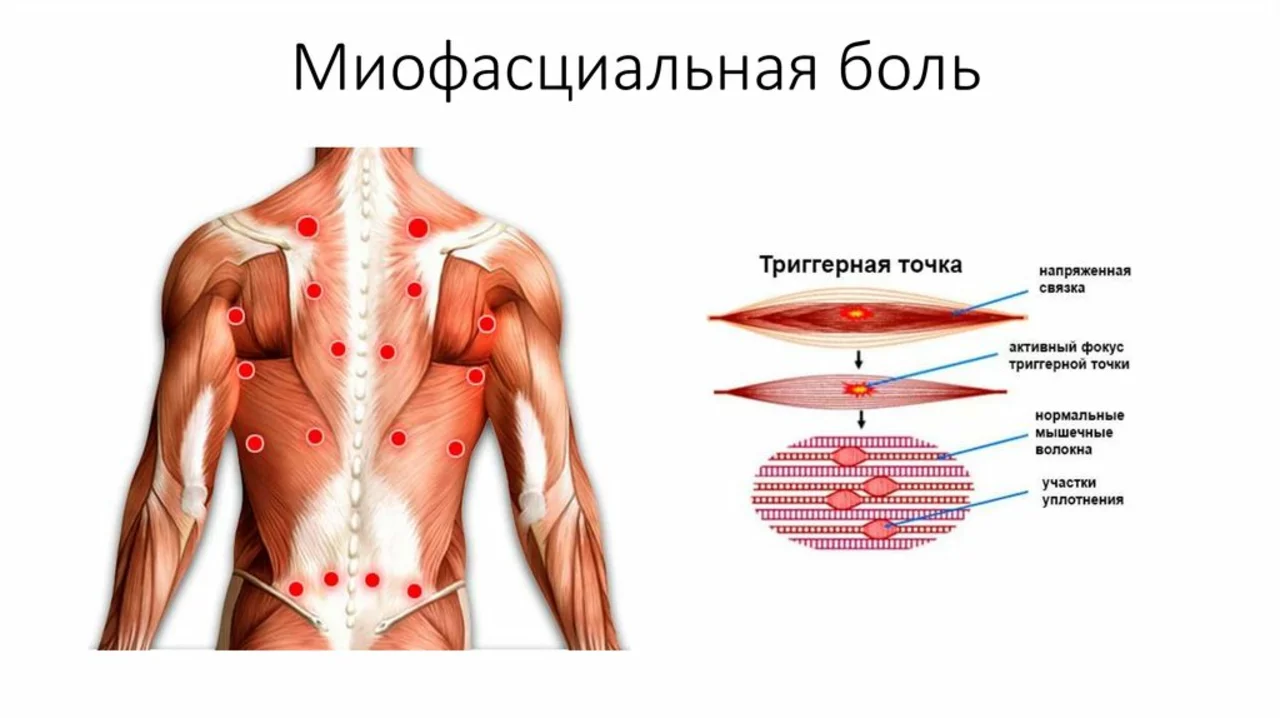Methocarbamol: What It Does and How to Use It Safely
Methocarbamol (often known by the brand name Robaxin) is a muscle relaxant used short-term to ease painful muscle spasms after injury or surgery. It doesn’t cure the cause, but it helps reduce pain and improves comfort so you can move and do physical therapy. People use it alongside rest, heat, and stretching—not as the only treatment.
How to take methocarbamol safely
Always follow your prescriber’s instructions. Typical directions vary, but many adults take methocarbamol in divided doses across the day. Take it exactly as prescribed—don’t double doses if you miss one. You can take the tablet with or without food; if it upsets your stomach, try taking it with a light snack.
Plan activities carefully: methocarbamol can cause drowsiness and slow your reaction time. Avoid driving, operating heavy machinery, or anything risky until you know how it affects you. If you drink alcohol or take other sedatives (like benzodiazepines, some sleep aids, or opioids), the sleepiness can get much worse. Tell your doctor about all medicines and supplements you use so they can check for interactions.
Methocarbamol is usually for short-term use. If pain and spasms don’t improve after a few days, or if symptoms get worse, call your prescriber. Keep follow-up plans for physical therapy or other treatments—muscle relaxants are a bridge, not a long-term fix.
Side effects, interactions and precautions
The most common side effects are drowsiness, dizziness, lightheadedness, and sometimes nausea. These often lessen as your body adjusts. Less common but serious signs include fainting, severe confusion, fast or slow heartbeat, trouble breathing, or allergic reactions—seek emergency care if those happen.
Key interactions to watch for: alcohol and other central nervous system depressants increase sedation. Combined use with opioids or benzodiazepines raises the risk of dangerous breathing problems. Some medicines can change how methocarbamol affects you—tell your provider about antidepressants, antihistamines, or seizure drugs.
If you have liver or kidney problems, or are pregnant or breastfeeding, discuss risks and benefits with your clinician—data are limited and dose adjustments may be needed. For older adults, prescribers often start at a lower dose because side effects like dizziness and confusion are more likely.
Quick practical tips: keep a list of your medicines, avoid alcohol while taking methocarbamol, don’t drive until you’re sure it’s safe, and use it alongside physical therapy. If you buy meds online, use a licensed pharmacy and check credentials. When in doubt, call your healthcare provider—small questions now can prevent bigger problems later.
Methocarbamol for Muscle Spasms: How it Works
In my latest blog post, I discussed Methocarbamol and its effectiveness in treating muscle spasms. I explained how it works as a central nervous system depressant, helping to relieve muscle pain by reducing muscle stiffness and inflammation. We also looked at the possible side effects of this medication and the importance of following the prescribed dosage. Overall, Methocarbamol can be a helpful option for those suffering from muscle spasms. If you're interested in learning more, head over to the blog for the full post.

